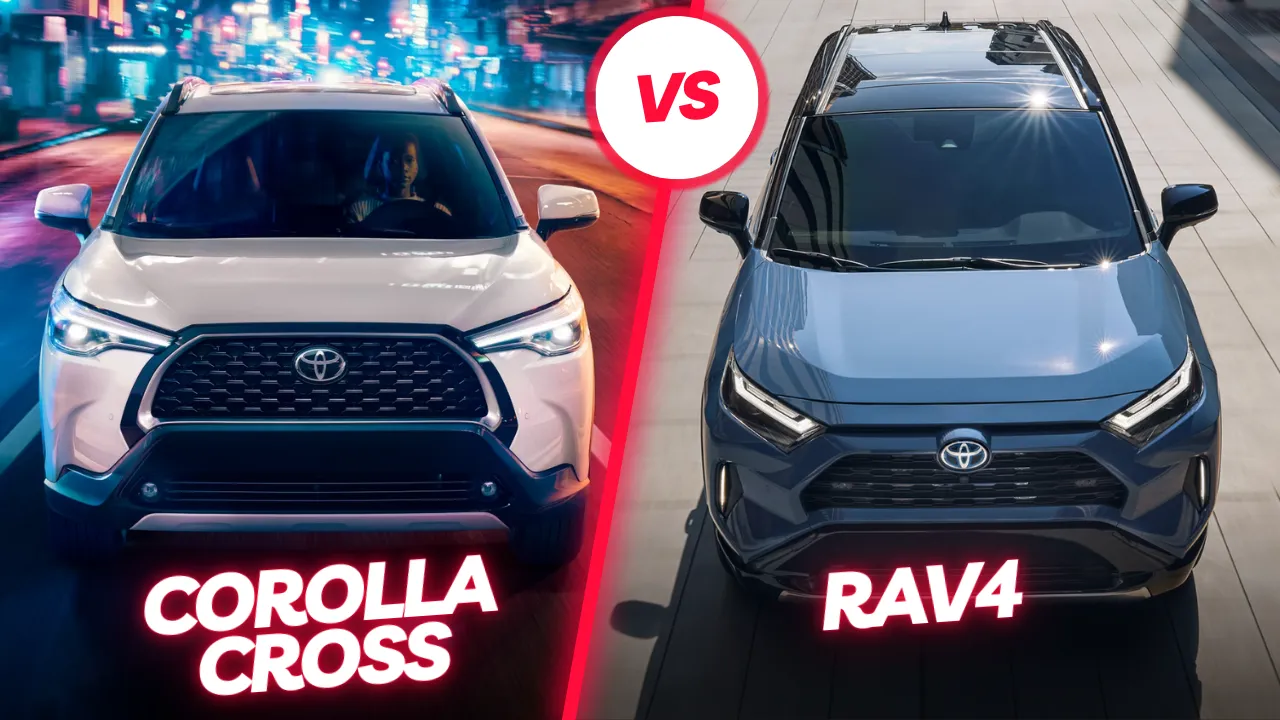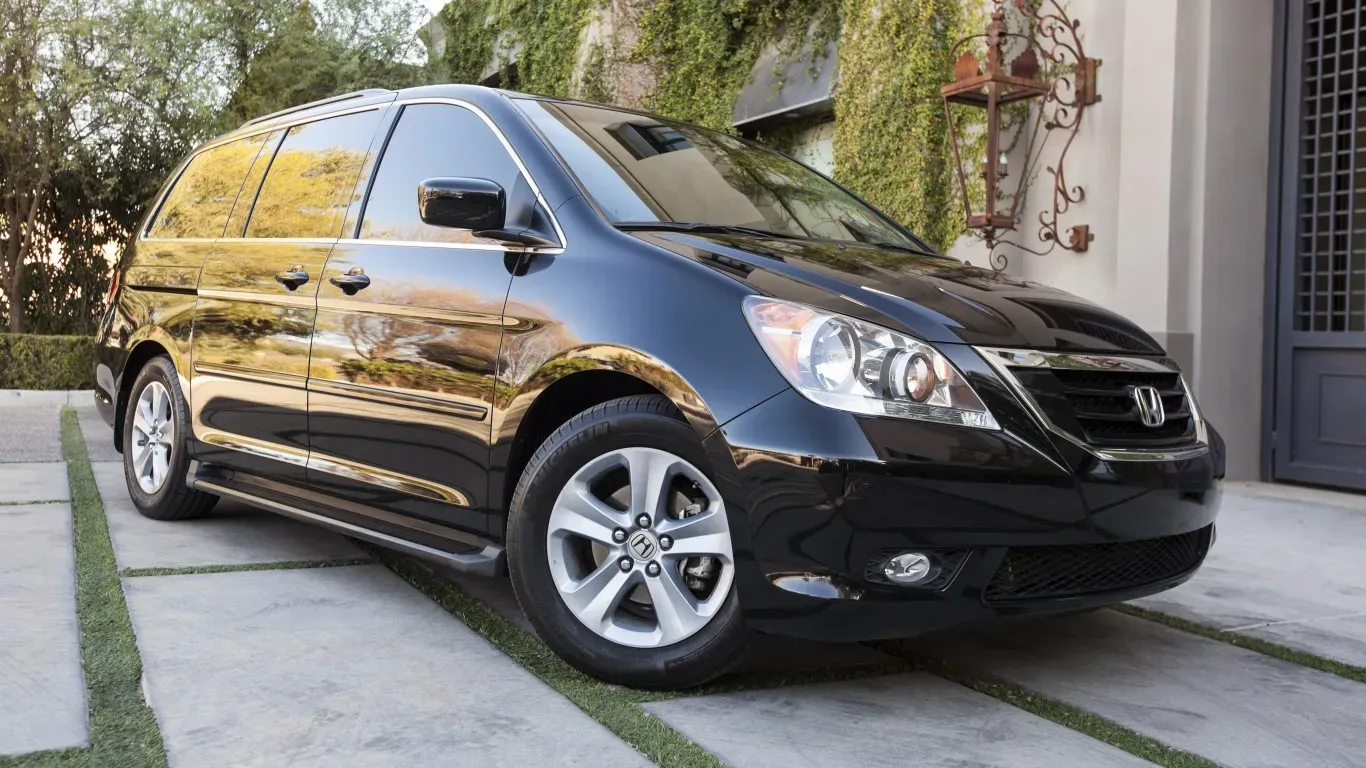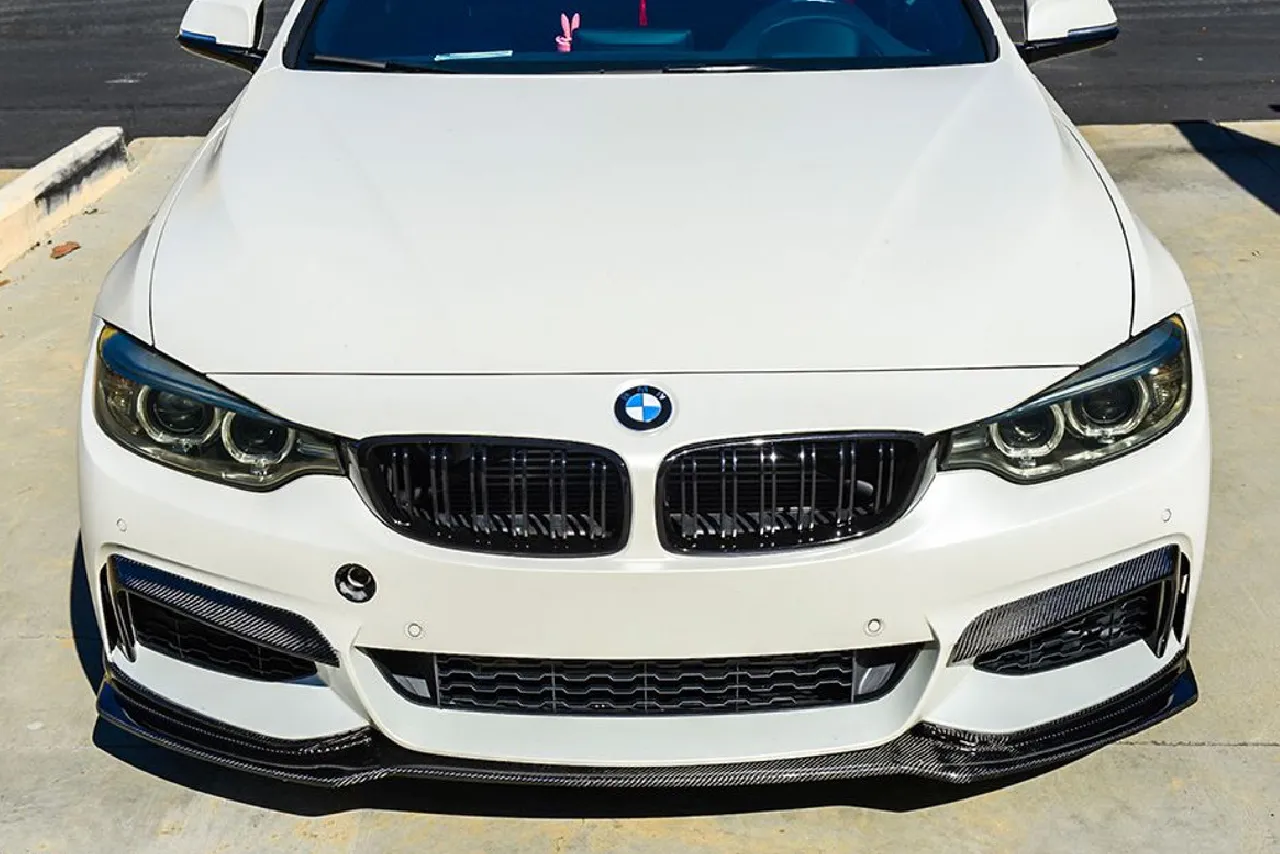If you’re someone who drives a Chevy Cobalt or Chevy HHR, you might have wondered: are the suspension systems the same?
Spoiler alert—it’s a bit more complicated than a simple yes or no.
Let’s dive in and answer this common question once and for all.
Why Does the Suspension Even Matter?
Before we start comparing the Cobalt and HHR suspension specs, let’s get clear on why suspension matters in the first place.
Suspension plays a critical role in your car’s ride comfort and handling.
If your suspension is out of whack, you’ll feel every bump on the road.
Worse, you could compromise the car’s safety, especially during sharp turns or emergency stops.
In short: Suspension isn’t just about a smooth ride—it’s about control, safety, and how your vehicle interacts with the road.
That’s why so many Cobalt and HHR owners are asking if their vehicles share the same setup.
What Makes the Chevy Cobalt and HHR Similar?
Both the Chevy Cobalt and Chevy HHR were built on the GM Delta platform, which explains why you might assume their suspensions are identical.
This shared platform means both cars have a lot in common when it comes to underlying architecture.
That said, sharing a platform doesn’t necessarily mean the vehicles are identical in all aspects, especially suspension specs.
The Cobalt is a compact car, while the HHR is a retro-styled compact crossover.
Their different purposes—Cobalt for sporty handling, HHR for utility—hint at differences in how their suspensions are tuned.
Are the Suspension Components Interchangeable?
Here’s where it gets interesting.
Yes, some parts are interchangeable between the Chevy Cobalt and Chevy HHR, but not everything.
For example, struts and control arms are likely to be a good fit across both models.
But the spring rates—how stiff the springs are—may differ.
Why?
The HHR weighs more, meaning it needs beefier suspension components to handle that extra mass.
So, while you might be able to swap out parts, you have to be mindful of how the vehicle is intended to be used.
Installing the wrong parts could lead to some weird handling quirks or even cause long-term damage to the suspension system.
The Specs Breakdown: Cobalt vs HHR Suspension
Let’s break it down:
Suspension Type (Front): Both the Chevy Cobalt and Chevy HHR use a MacPherson strut front suspension. This setup is common across many compact cars because it’s affordable and gets the job done in terms of comfort and handling.
Suspension Type (Rear): Here’s where we start seeing a bit of a difference. The Cobalt comes with a semi-independent torsion beam rear suspension, which is simple and cost-effective. The HHR, however, uses a torsion beam rear axle that’s beefed up a bit to handle the extra weight and size.
Spring Rates: The springs in the HHR are stiffer than those in the Cobalt. This makes sense because the HHR has to support more weight, especially if it’s loaded with cargo.
Shock Absorbers: Both cars have similar shock absorbers, but the HHR’s shocks are tuned for a more stable ride under load, while the Cobalt’s are geared more toward sporty driving dynamics.
Real-World Experience: Is the Difference Noticeable?
Let’s be real here.
Unless you’re doing some heavy driving or towing, you might not notice a huge difference between the Cobalt and HHR suspensions on day-to-day trips.
But if you’re hitting bumpy roads or loading up the HHR with cargo, that’s when you’ll start to appreciate its beefier suspension setup.
The Cobalt is designed for a bit more agility, making it a more fun ride if you’re zipping around the city.
On the flip side, the HHR feels more like a solid, stable cruiser.
Key Points to Remember: Differences in Suspension
Weight: The HHR is heavier and designed for cargo, so its suspension is stiffer.
Usage: The Cobalt is tuned for sportier handling, while the HHR is made for versatility and heavier loads.
Shared Parts: Yes, some components like struts are interchangeable, but spring rates and shocks may vary.
How to Tell If Your Suspension Needs an Upgrade
Let’s take a minute to talk about when you should consider upgrading or replacing your suspension.
Whether you own a Cobalt or HHR, the signs of a failing suspension are pretty universal:
Bumpy Rides: If you’re feeling every pothole like it’s a crater, that’s a red flag.
Car Leans in Corners: Your car should stay relatively flat when taking corners. If it’s leaning or swaying, you’ve got suspension issues.
Nose Dives: When you hit the brakes, does your car’s front end dive? It shouldn’t. This could indicate worn-out shocks.
Uneven Tire Wear: Take a look at your tires. If one tire is wearing faster than the others, that’s a classic sign of suspension issues.
If any of these sound familiar, it’s time to look into replacing your suspension components—whether they’re shared between the Cobalt and HHR or not.
Bottom Line: Should You Treat the Cobalt and HHR Suspension the Same?
At the end of the day, the Cobalt and HHR share some suspension components, but they’re tuned for different purposes.
The Cobalt is all about sporty, zippy handling, while the HHR is built for stability and utility.
That’s why you can swap some parts between them, but it’s always important to consider the vehicle’s intended use.
When in doubt, consult your mechanic before making any big changes.
Frequently Asked Questions
1- Are Cobalt and HHR Struts the Same?
Yes, the struts are the same between the Chevy Cobalt and Chevy HHR.
However, the tuning of these struts may differ slightly due to the weight difference between the two vehicles.
2- Can I Use Cobalt Springs on an HHR?
Technically, you could.
But the springs in the HHR are designed to handle more weight.
Using Cobalt springs in an HHR could result in a less stable ride, especially when carrying a heavy load.
3- Will Swapping Cobalt and HHR Suspensions Affect Handling?
Yes, swapping suspension components between the two cars could affect handling.
For example, if you put HHR suspension parts on a Cobalt, it might feel stiffer and less agile.
On the other hand, putting Cobalt parts on an HHR could make it feel under-supported and squishy, especially with cargo.
4- What Suspension Parts Can Be Swapped Between the Cobalt and HHR?
Struts
Control arms
Ball joints
Bushings
Just keep in mind that while some parts are interchangeable, the vehicles are designed for different purposes, so tuning might vary.
5- Is It Worth Upgrading My Suspension?
If you’re experiencing handling issues, or if your car is getting older and showing signs of wear, upgrading your suspension is a solid investment.
This is especially true if you’ve been using your HHR for heavy-duty purposes like hauling.
I’m Waqas, an electric vehicle enthusiast and tech writer with over 6 years of experience covering the EV industry. I write in-depth articles, comparisons, and reviews to help readers understand the fast-evolving world of electric mobility. From battery technology to EV launches and charging trends, I aim to make complex EV topics simple, engaging, and informative for everyday drivers and curious readers alike.





